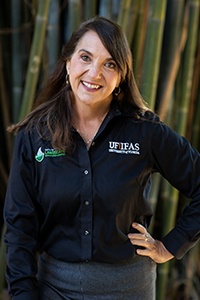Wendy’s Wanderings

March 6, 2024
No Mow March?
There is an increasingly popular movement with gardeners in the United States called “No Mow May.” This is when homeowners don’t mow their yard during the month of May to support biodiversity and promote wildflowers for pollinators.
In Florida, if we waited until May to do this, we would need a machete and a bush hog to get through our yards. So UF/IFAS Extension agents in North Florida have been promoting the concept of “No Mow March” to be compatible with the timing of growing season here in the sunshine state. Like any environmental practice, No Mow March has pros and cons, all of which are essential to consider, depending on the goals for your yard.
The top “pros” of No Mow March
- Biodiversity: Not mowing the lawn in early spring will allow non-grass species to flower. These flowers will attract bees and butterflies that play a crucial role in pollinating plants.
- Habitat creation: Longer grass provides a hiding place for other creatures like tiny insects, amphibians, and other animals that can be a food source for birds and mammals.
- Water conservation: Tall or longer grass blades promote the turf to grow deep roots. Grass with deep roots is more drought tolerant and this can reduce the need for watering during dry periods.
- Reduced greenhouse gas emissions: Gas-powered lawn equipment emits air pollutants like carbon dioxide, carbon monoxide, hydrocarbons, and more. Skipping three or four mowings a year would help to reduce a gardener’s carbon footprint.
Some of the “cons” of No Mow March
- Aesthetic concerns: Some people appreciate a natural look in the yard, While others—including neighborhood associations—find the unmown look unkempt and not in keeping with social norms.
- Allergens: Those wildflowers and wild grasses that crop up may produce pollen, which could aggravate allergies in susceptible people.
- Weeds: If your landscape goal is to have a perfect lawn, letting wild plants flower and go to seed in your turf will increase the weeds you will see throughout the year.
It really comes down to what the expectations are for your turfgrass and landscape. If you are open to having a mixed-species lawn that is still green and is acceptable in your neighborhood, No Mow March will probably meet your expectations. If you are wanting a single-species turfgrass without weeds the movement might not align with your gardening goals.
I had been on the fence about it this spring, when seemingly overnight the most delightful stand of Linaria canadensis popped up. Also known as blue toadflax, it is a little native wildflower with small lavender-colored flowers that attract bumble bees. I looked it up and learned it is also a larval host plant for the Buckeye butterfly. Looks like the mower gets another month off.
For more information on No Mow March, visit these UF/IFAS blogs:
- Celebrate Pollinators with No Mow March–UF/IFAS Extension Escambia County
- Laziness Encouraged: No Mow March Promotes Pollinators in the Panhandle
And remember, you can always contact your county Extension office with any gardening and landscape questions.
— Wendy Wilber

